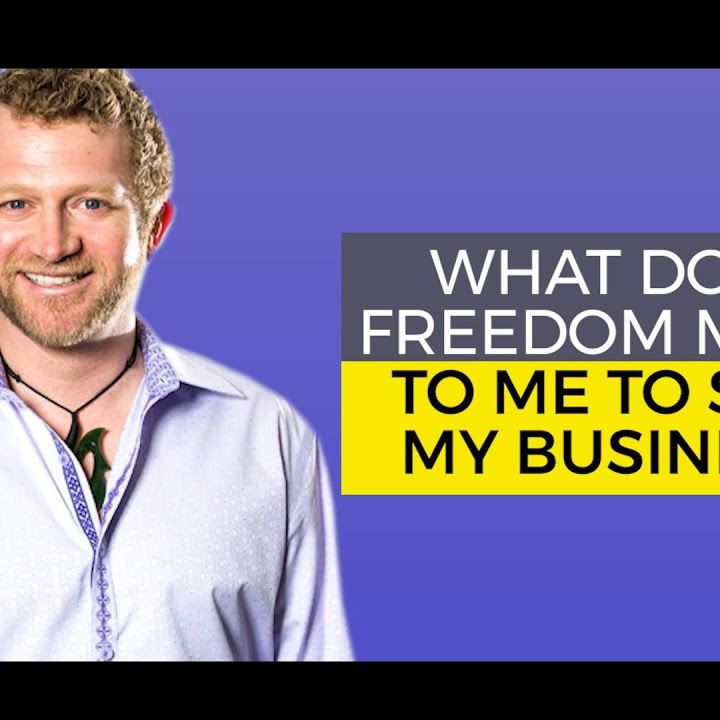To keep learning and advancing your career, the list below resources will be useful:.
Growth equity is often explained as the private investment technique inhabiting the middle ground between equity capital and conventional leveraged buyout strategies. While this might hold true, the strategy has actually evolved into more than simply an intermediate personal investing technique. Growth equity is often referred to as the personal investment method inhabiting the happy medium between equity capital and standard leveraged buyout methods.
This mix of aspects can be engaging tyler tysdal lawsuit in any environment, and a lot more so in the latter phases of the market cycle. Was this post practical? Yes, No, END NOTES (1) Source: National Center for the Middle Market. Q3 2018. (2) Source: Credit Suisse, "The Amazing Shrinking Universe of Stocks: The Causes and Effects of Fewer U.S.
Option investments are complex, speculative financial investment cars and are not appropriate for all investors. A financial investment in an alternative investment entails a high degree of threat and no assurance can be offered that any alternative mutual fund's financial investment objectives will be accomplished or that financiers will receive a return of their capital.
This market information and its significance is a viewpoint only and needs to not be relied upon as the just important details readily available. Details consisted of herein has been obtained from sources thought to be reputable, however not ensured, and i, Capital Network assumes no liability for the info provided. This information is the home of i, Capital Network.
This financial investment method has actually assisted coin the term "Leveraged Buyout" (LBO). LBOs are the main financial investment technique type of a lot of Private Equity firms.
As discussed earlier, the most notorious of these deals was KKR's $31. 1 billion RJR Nabisco buyout. This was the largest leveraged buyout ever at the time, numerous people thought at the time that the RJR Nabisco offer represented the end of the private equity boom of the 1980s, due to the fact that KKR's investment, nevertheless famous, was eventually a considerable failure for the KKR investors who bought the business.
In addition, a great deal of the money that was raised in the boom years (2005-2007) still has yet to be utilized for buyouts. This overhang of dedicated capital avoids many financiers from devoting to invest in brand-new PE funds. Overall, it is approximated that PE companies manage over $2 trillion in properties around the world today, with near to $1 trillion tyler tysdal wife in committed capital offered to make new PE investments (this capital is often called "dry powder" in the industry). .
A preliminary financial investment might be seed funding for the business to start building its operations. In the future, if the company shows that it has a feasible item, it can get Series A funding for more development. A start-up business can finish several rounds of series funding prior to going public or being gotten by a monetary sponsor or strategic buyer.
Leading LBO PE companies are identified by their big fund size; they are able to make the largest buyouts and take on the most debt. LBO deals come in all shapes and sizes. Total transaction sizes can vary from 10s of millions to 10s of billions of dollars, and can take place on target companies in a variety of markets and sectors.


Prior to carrying out a distressed buyout chance, a distressed buyout company needs to make judgments about the target business's value, the survivability, the legal and reorganizing concerns that might emerge (ought to the company's distressed assets require to be restructured), and whether the financial institutions of the target company will become equity holders.
The PE company is needed to invest each respective fund's capital within a period of about 5-7 years and then typically has another 5-7 years to sell (exit) the investments. PE companies generally use about 90% of the balance of their funds for new investments, and reserve about 10% for capital to be used by their portfolio business (bolt-on acquisitions, extra readily available capital, and so on).
Fund 1's dedicated capital is being invested with time, and being gone back to the restricted partners as the portfolio business because fund are being exited/sold. As a PE firm nears the end of Fund 1, it will need to raise a new fund from new and existing restricted partners to sustain its operations.